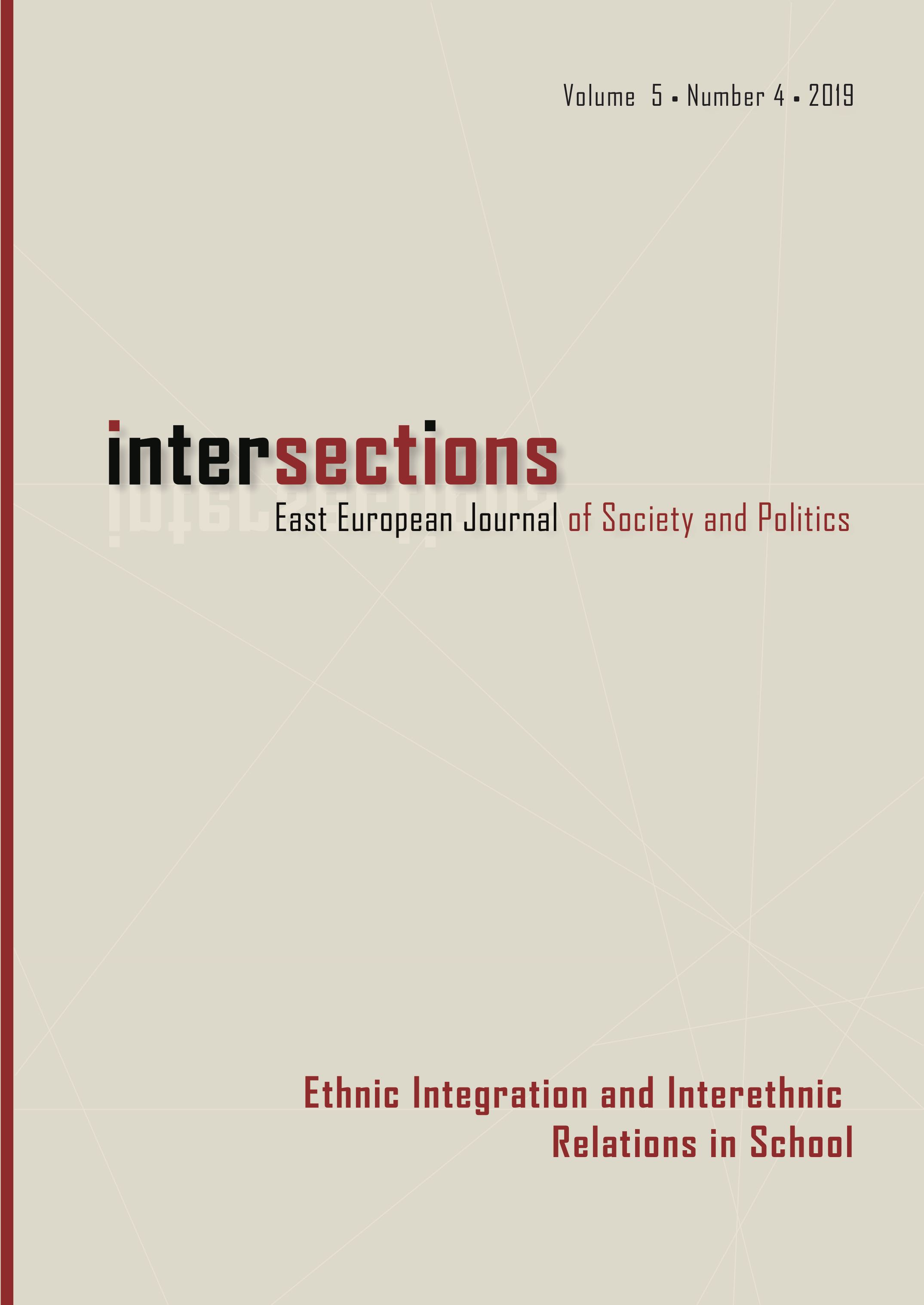A Sure Start? Implementing Early Childhood Prevention Programs under Structural Constraints
A Sure Start? Implementing Early Childhood Prevention Programs under Structural Constraints
Author(s): Judit Keller, Alexandra SzőkeSubject(s): Social differentiation, Human Ecology, Sociology of Education
Published by: MTA Társadalomtudományi Kutatóközpont Kisebbsegkutató Intézet
Keywords: early childhood prevention; Sure Start; social investment policy; street-level bureaucrats; sociospatial inequalities
Summary/Abstract: Early childhood prevention programs, fueled by the idea of social investment, have been the focus of policy making for a few decades in Europe and the USA. Amongst these, the Sure Start program in Hungary has evolved into a nationwide service incorporated into the child welfare system. The program aims to combat social exclusion and compensate unequal opportunities related to socio-spatial inequalities through providing assistance, developmental intervention, and social activities to families. The article examines the socio-spatial consequences of the program by bringing together an analysis of the current regulatory and financial framework and the everyday working of several Sure Start houses in different parts of the country. The analysis relies on the findings of two post-doctoral research projects (NRDIO PD 112659 and Premium PD 3300405), combining sociological and anthropological fieldwork in three settlements. The study reveals that the current institutional structure is based on structural deficiencies and institutional asymmetries characterized by the disproportionate allocation of resources and obligations for Sure Start houses. This results in large differences regarding the implementation of the program in different localities, which are largely influenced by the positionality of the settlements, as well as the resources that the maintainers of the service can draw on. The article argues that in its current form the program appears to strengthen rather than alleviate socio-spatial inequalities, as it is exactly the most disadvantaged remote rural places that lack the resources that would be needed to compensate for their multiple disadvantages.
Journal: Intersections. East European Journal of Society and Politics
- Issue Year: 5/2019
- Issue No: 4
- Page Range: 165-186
- Page Count: 22
- Language: English

